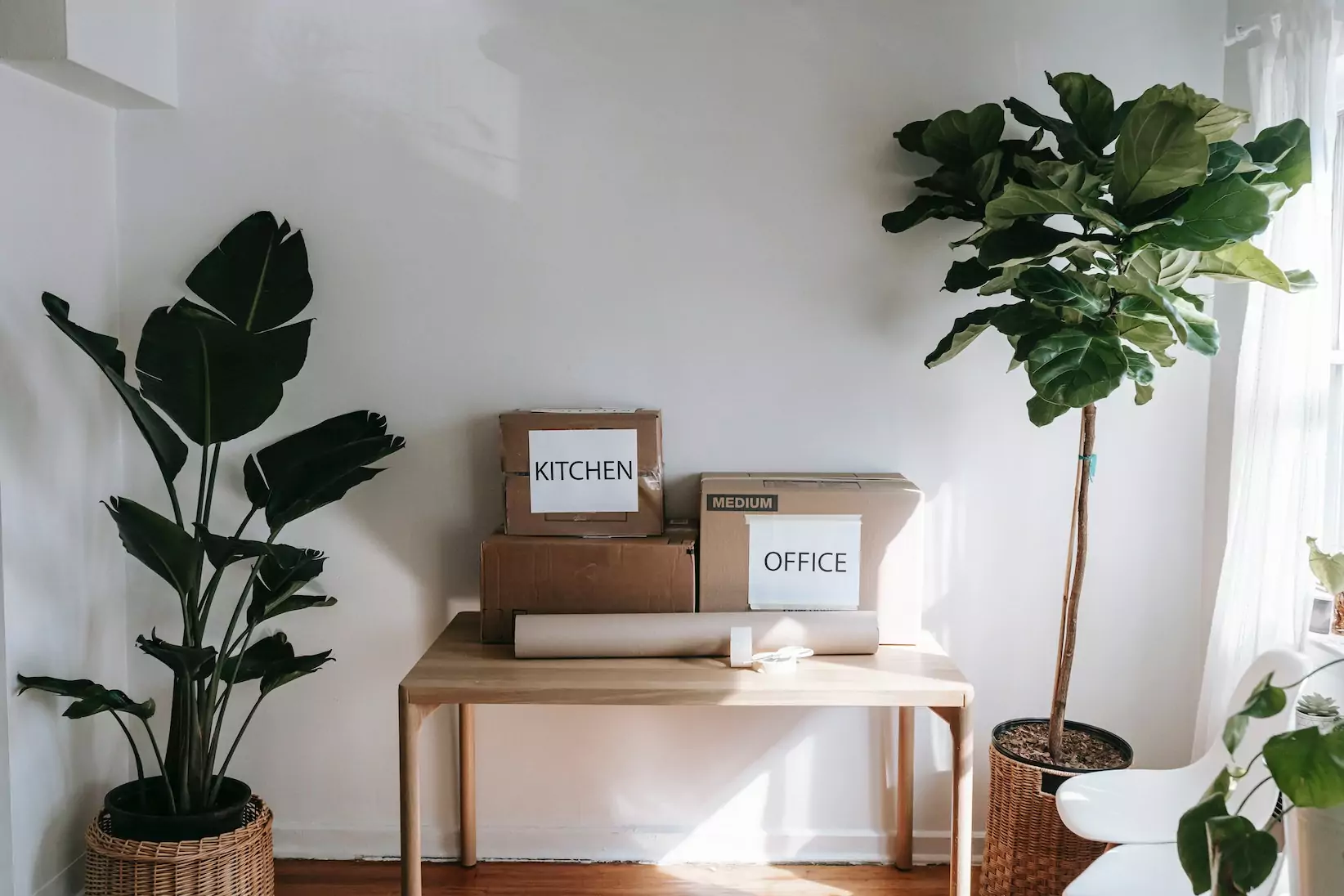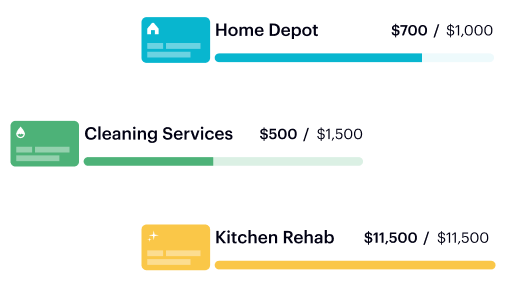Having a tenant who always pays rent on time and never complains is great. Rental property owners hope that they’ll stick around forever. Unfortunately, that’s unlikely to happen, as the average American moves 11.7 times in their lifetime.
When a tenant notifies their landlord that they’re leaving or the lease expires, the landlord should be prepared to conduct a move-out inspection. Rocket Lawyer offers a handy move-out move-out inspection checklist that goes into great detail about what’s expected during this process.
Learn more about what a move-out inspection is, why it’s important, and what landlords need to do in this article.
1. What is Move-Out Inspection?
A rental move-out inspection assesses the condition of the property from the previous tenant before a new tenant moves in.
Ideally, both landlords and tenants should be at the inspection to go over the move-out inspection checklist. However, this can also be done by a property manager, if the property owner has hired or is willing to hire one.
The person performing a move-out inspection should go room by room, as well as outside (if there’s a balcony or it’s a house), to check if anything hasn’t been done or for any normal wear and tear.
What is Considered Normal Wear and Tear?
Minor scratches on the wall or a faded carpet may be considered reasonable or normal wear and tear. On the other hand, a large hole in the wall or carpet with burn marks will be considered damaged. Landlords should conduct a move-out inspection between tenants occupying the units.
Remember: any expenses that come with a move-out inspection are tax-deductible. Using property management software like Baselane can help make expense management much easier, particularly when tax season comes around.
2. Why is it Important to Do a Move-Out Inspection?
A move-out inspection is important for both landlords and tenants. Real estate owners and landlords should desire to have the costs of any damages recovered as soon as possible. Additionally, inspecting with a tenant can help prevent any disputes.
Tenants will be more likely to make any necessary repairs, so they can get their full security deposit back. They will also want to part ways on good terms in case they need a reference when seeking another property to rent.
While some tenants may request what is called a pre-move-out inspection or an initial inspection, it’s best to do a walkthrough after all the tenant’s belongings are moved out of the premises. Doing this avoids the possibility that any potential damage is hidden by rugs, furniture, or moving boxes.
Landlords can conduct a preliminary inspection before they leave to address what needs to be fixed before they move, but a move-out inspection is highly recommended.
3. Move-Out Inspection Checklist for Tenants
There are several things that landlords should do after an old tenant moves out and a new one moves in. In this move-out inspection for tenants, we have listed the most important tasks they must take care of, and landlords should check are done, before vacating the property.
1. Inspecting the Floors
- Carpets should be vacuumed, and tile and hardwood floors should be mopped and swept
- Stains should be removed from carpeting
- Floors shouldn’t be scratched and there shouldn’t be any stains or burn marks on the carpeting
- Central air vent covers should be cleaned
2. Inspecting the Walls
- Wash or wipe down and brush away any cobwebs in corners or on the ceiling
- Clean light switch plates
- Ensure all nails and screws are removed
- Fill in any holes with spackle and sand until smooth
- Repair any walls that may have been damaged
- Repaint walls that shouldn’t have been painted
- Clean blades on ceiling fan
3. Inspecting Doors and Windows
- Clean doors, frames, and knobs/handles
- Ensure that the doors and locks are in good working order
- Clean both inside and outside windows, screens, and tracks
- Fix or replace broken screens, blinds, or windows
- Clean blinds and wash curtains
- Mend any holes or tears in curtains
4. Inspecting Bathrooms
- Counters should be wiped clean and free of any stains
- Toilet(s) should be in working condition, clean, and disinfected
- Remove all personal items from the shower and bathtub, including the shower curtain
- Clean the bathtub as well as the tiles and grout to remove any mold and mildew
- Wipe down the sink, shelves, cabinets, and any drawers
- Wipe down all mirrors with a glass cleaner
- Clean the exhaust fan vent cover thoroughly
5. Inspecting the Kitchen
- Fix any Appliances that may have been damaged
- Ensure there aren’t any food particles inside the dishwasher and clean out the dishwasher filter
- Clean inside the microwave thoroughly
- Clean and degrease vent hood, including the filter and light cover or filter below the microwave
- Wipe down and clean the oven/stove, and replace any damaged drip plates
- Clean and degrease the oven and oven racks
- Empty and clean all shelves and drawers in the refrigerator and freezer
- Defrost the freezer, if necessary
- Clear drains if clogged and clean the sink and any remnants of food from garbage disposal from the sink or garbage disposal
- Wipe down and degrease countertops and backsplash where necessary and remove any stains
- Clear out and wipe down the cabinets, shelves, drawers, and doors
6. Personal Belongings
- Ensure all items are removed from the property, both inside and out. That includes closet hangers, patio furniture, planters, barbecues, etc
- Don’t leave any garbage
7. Light Fixtures
- Replace any burnt-out bulbs
- Clean and dust any lights or lighting fixtures
8. Smoke and Carbon Monoxide Detectors
- Make sure these are working and replace any batteries, if necessary
9. Utilities
- The tenant should remove their name from any utility bills that are paid for by them
10. Odors
- Ensure there aren’t any lingering odors or smells that can’t be removed by airing the place out
- It may be considered excessive damage by the landlord
11. Keys
- Keys should be returned to the landlord after they move out
- Otherwise, there may be a fee charged if they’re not returned
Our Final Thoughts
Whether a landlord is inspecting their property because the tenant is leaving, or, in a less fortunate scenario, had to evict a tenant, a move-out inspection is necessary to help document what needs to be done after they leave. Doing so can help prevent any disagreements and help get the property back on the market for a new tenant.
Finally, property management software, such as Baselane, can help with rent collection between tenants and streamline the process with ease for everyone involved.
FAQs
With as much evidence as possible. If the state's law allows, take time-stamped photos before and after the new tenant moves in.
Evidence of any damage and wear as proof of the current condition of the property at their time of move-in.
Additionally, both the landlord or property manager and the tenant should sign the move-in inspection document. It’s often easier to use the same document as both the move-in and move-out inspection checklist.
There are many mistakes that a landlord can make before, during, and after the inspection. Learn how to do a move-out inspection right by following these tips:
- Communicate clearly. A property owner needs to describe the move-out inspection process clearly. Ensure that the inspection is scheduled so the tenant is prepared.
- Don’t make unrealistic promises. Landlords shouldn’t discuss the amount of the tenant security deposit because the landlord will not know until the inspection is complete.
- Document everything. Note every item that needs to be taken care of on the checklist and be as specific as possible.
- Provide detailed charges. Landlords should break down the cost of every item that needs to be repaired instead of just a total amount. This can be easily tracked using an expense management and tracking platform.
It depends on the extent of the damage and whether it’s considered normal wear and tear. Many aspects of a home, such as interior paint, appliances, and flooring, for example, have a predictable lifespan.
For instance, the United States Department of Housing and Urban Development (HUD) notes that the lifespan of a carpet in rental units is between five and seven years.
If the tenant has lived there for a long term, say five years or more, then the landlord shouldn’t keep their security deposit or deduct the cost of replacing the carpet from the deposit amount.
However, the landlord can withhold a portion or the entire amount of the deposit if there is damage. Many state laws require a final inspection within 21 to 30 days of the property becoming vacant. However, the sooner it’s complete, the sooner the landlord can find another tenant and begin collecting rent again.






